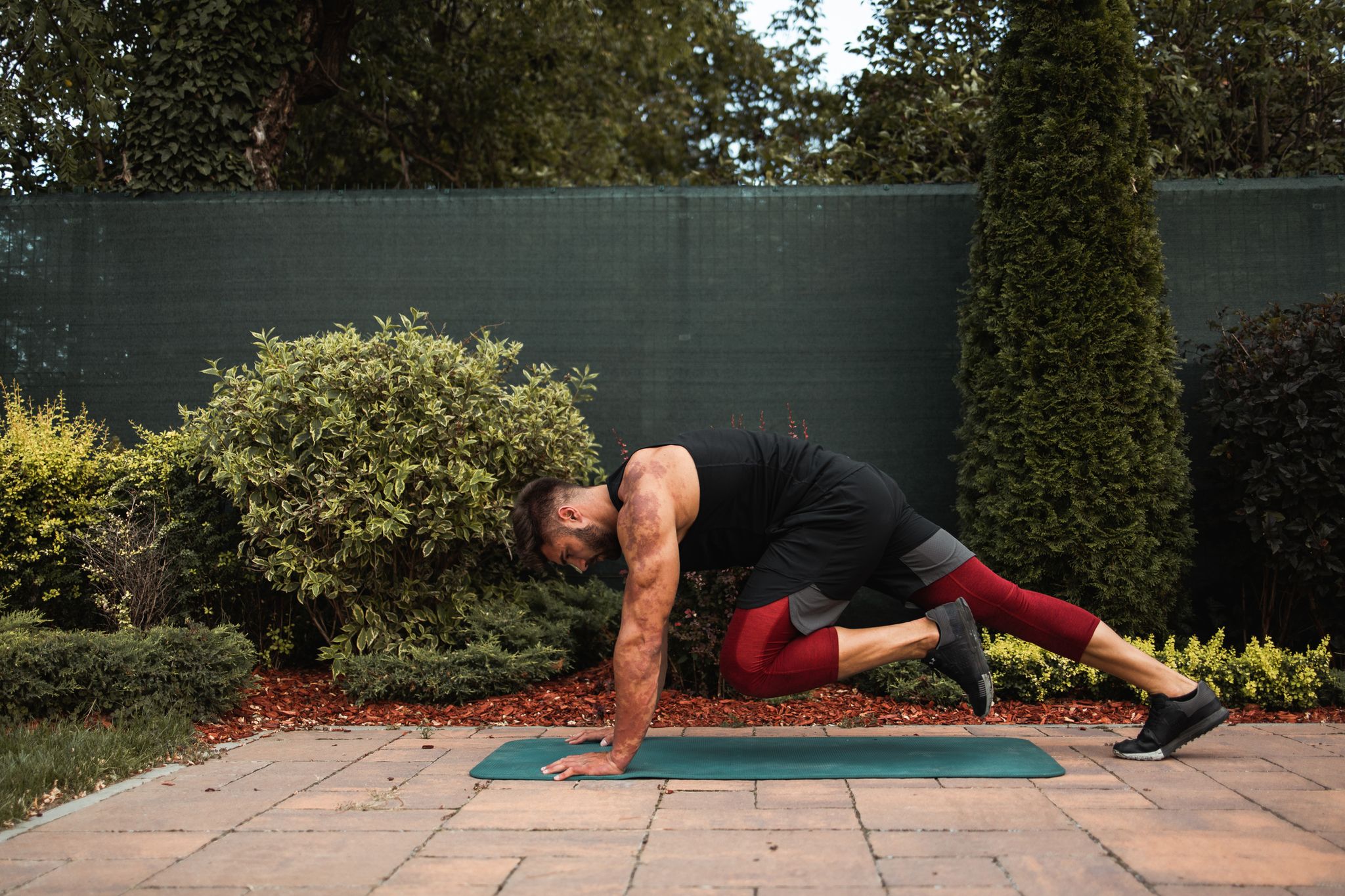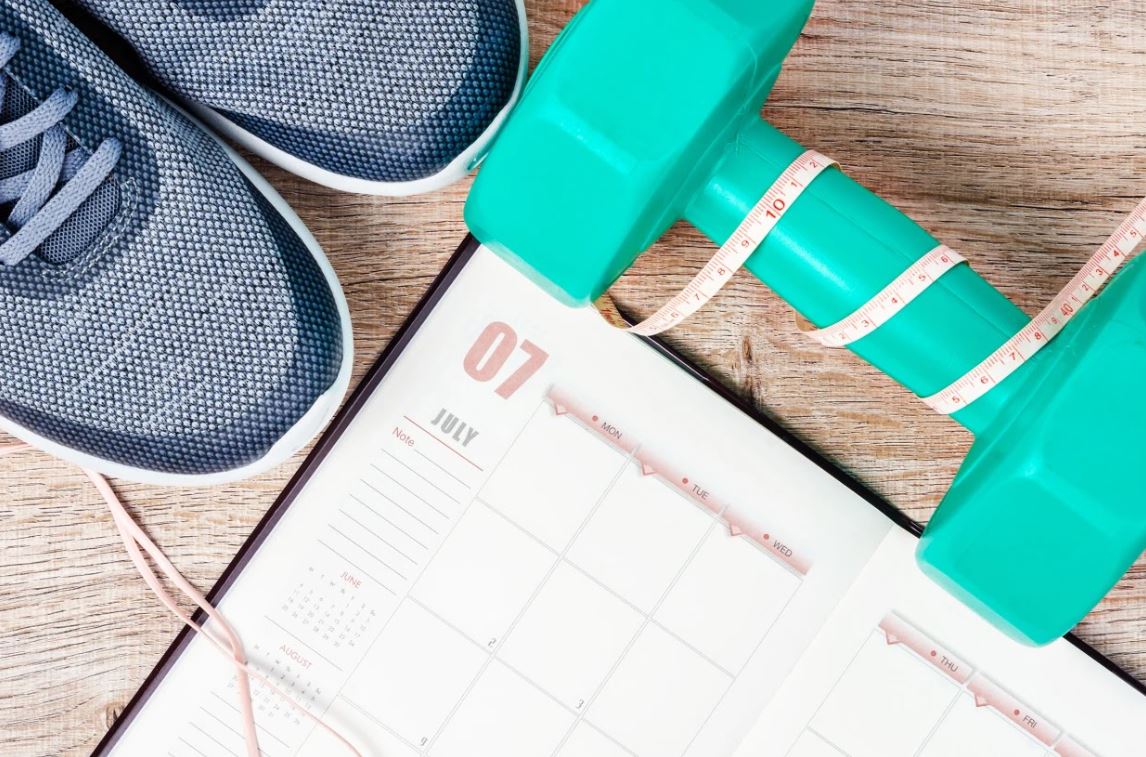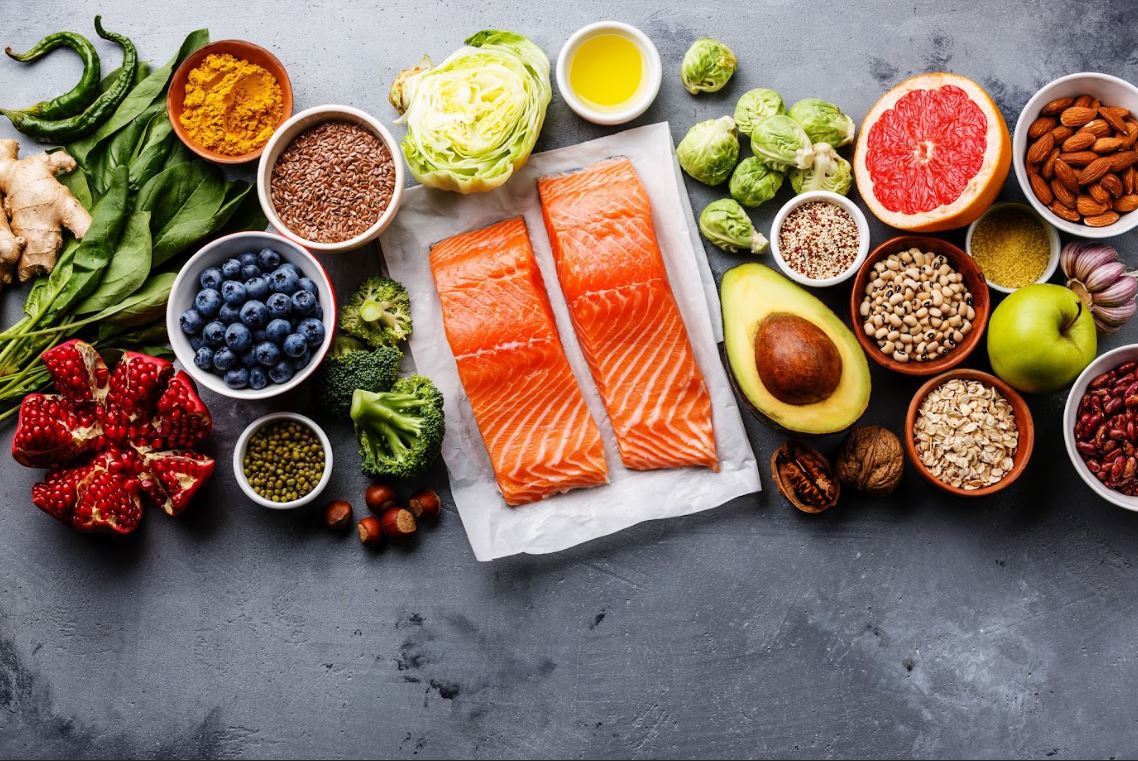For those aiming to manage their weight and lose fat rapidly, it’s important to focus on strategies that allow you to maintain muscle mass. The article “How to lose fat without losing muscle” will give effective and practical advice to help you get a slimmer figure without affecting your 6-pack abs.
1. Essential Preparations for Effective Fat Loss
Losing body fat is often seen as a demanding process, calling for consistent effort, patience, and commitment. To effectively reduce fat, it’s essential to create a calorie deficit – consuming fewer calories than your body burns daily, coupled with regular exercise. Engaging in physical activity is crucial for fat loss. Without exercise, weight loss might result in losing both muscle and fat, which is not ideal.

Strength training is an effective form of exercise where your muscles work against resistance. This method is not only about building muscle mass but also about enhancing strength over time. Commonly involving weight lifting, strength training is a key component in any fat-loss regimen.
Furthermore, a simple yet effective strategy for aiding weight loss is adjusting your sleep schedule. Going to bed a little earlier or setting your alarm clock later can contribute significantly to maintaining a healthy weight. Intriguingly, a small-scale study found that people on a low-calorie diet who slept one hour less per night experienced less fat loss compared to those who had adequate sleep. This highlights the often-overlooked role of sleep in weight management.
2. Secrets to Maintaining Muscle Mass During Weight Loss
To preserve muscle while shedding fat, finding the right balance in your fitness and nutrition plan is crucial. Pay attention to your body’s signals and adjust your exercise and diet accordingly.
2.1 Scheduling Rest and Recovery
Ensure you have adequate recovery time between workouts. This is vital when you’re eating less and engaging in intense workouts. Getting enough sleep is essential for restoring energy. Poor sleep can affect your metabolism, partly because it disrupts hormones like ghrelin and leptin, leading to increased hunger and potential weight gain.

2.2 How to Avoid Excessive Dietary Restrictions
While cutting down on total calorie intake is a key aspect of weight loss, very low-calorie diets might lead to muscle loss. To maintain, or even grow muscle during a cutting phase, consuming the right amount of protein is crucial. Protein boosts metabolism, as it requires more energy to digest compared to carbs or fat. It also keeps you full, preventing overeating and minimizes muscle loss during a diet.
2.3 Choosing the Right Exercises for Fat Loss Without Muscle Loss
Finding a favorite exercise and sticking to it is fine, but for effective fat loss without losing muscle, include both strength and aerobic training. Incorporate compound exercises like pullups, squats, and deadlifts into your routine. These exercises work multiple muscle groups simultaneously, helping to maintain lean muscle mass more effectively than isolation exercises.

2.4 Implementing a Balanced Diet to Lose Fat Without Losing Muscle
Losing weight through diet alone can lead to muscle loss, so a balanced diet is essential. “Include all nutrients in your diet (protein, fats, and carbs) and avoid eliminating any specific nutrient,” advises registered dietitian Paula Rubello. She suggests three balanced meals daily, each including protein, starch, vegetables, and healthy fats, plus two or three snacks composed of protein and fiber.
2.5 Considering Supplements in Your Journey to Lose Fat
Supplements like chromium picolinate are believed to aid in weight loss, hunger control, and blood sugar level management. However, before adding any supplement to your regimen, consult your doctor, as some may interact with medications or health conditions.

2.6 Developing an Effective Workout Schedule
Achieving success in your weight-loss journey requires a well-planned workout schedule. Here are key guidelines to help you establish a consistent and effective routine.

2.7 Incorporating Cardiovascular Exercises
Diet is crucial for weight management, but a structured workout plan enhances your results. To maximize fat loss and muscle gain, it’s important to blend cardio and strength training. Cardio exercises not only boost metabolism but also aid in burning extra calories. Examples include:
- Cycling
- Running
- Boxing
- Soccer
- Basketball
- Volleyball
2.8 Enhancing Your Workout Routine for Optimal Fat Loss
To optimize fat loss, intensify your workouts. Push your muscles to their limits for effective strength building. This might mean taking short breaks within your routine to maintain intensity without overexerting yourself.
2.9 Continuously Building Strength Without Losing Muscle
Maintaining muscle mass while losing fat requires ongoing strength training. Regular weight training prevents muscle loss and can increase lean muscle mass. Aim for 20–30 minutes per session, covering every major muscle group: core, chest, arms, and legs. Suitable strength training methods include weight lifting, isometric exercises, and classes like yoga or pilates. Beginners should start with lighter weights and fewer repetitions to avoid injury. Limit training each muscle group to every other day, allowing 1-2 sessions per week for each group for adequate recovery.
2.10 The Importance of Rest in Fat Loss and Muscle Maintenance
Recovery is as vital as training, especially when cutting calories and lifting heavy. Your body needs time to recuperate and rebuild muscles. Growth hormone, crucial for muscle growth and repair, is secreted throughout the day but peaks during deep sleep at night. Lack of sleep can hinder muscle growth and repair, underscoring the importance of adequate rest for optimal results.
3. Healthy Eating Strategies to Support Fat Loss Without Muscle Loss
To effectively lose fat while keeping your muscle mass, it’s important to follow a diet that provides the right nutrients and energy.
Eating healthy can also make you feel fuller, reducing the likelihood of overeating. After a workout, consuming carbohydrates is key. They replenish glycogen stores used during exercise, aiding in recovery and potentially speeding up the process.

Ideal carbs for post-exercise consumption include fresh fruits, sweet potatoes, whole wheat pasta, dark leafy vegetables, and milk. For protein, which is crucial for building lean muscle, opt for lean meats like turkey and chicken, seafood, nuts, eggs, low-fat dairy products, and beans.
Don’t forget to include healthy fats in your post-workout meals. Good options are avocados, nuts, nut butters, chia seeds, trail mix, and dark chocolate. These foods provide essential nutrients and help in muscle recovery and growth.
4. When to Seek Professional Advice in Your Quest to Lose Fat?
Consulting a certified nutritionist or dietitian is a smart move for aligning your diet and exercise routine with your overall objectives.
Their expertise is particularly valuable if your diet impacts any existing health conditions or if you have unique dietary requirements. This guidance is also beneficial for individuals unsure about how to modify their eating habits effectively.

A personal trainer can craft an exercise program that matches your fitness goals and current fitness level. They ensure that you’re lifting the right weights and maintaining proper form during exercises.
As you improve, a professional can adjust your regimen to further your progress. They offer motivation and accountability, helping you stay committed to your goals.
5. Conclusion
In conclusion, understanding “How to Lose Fat Without Losing Muscle“ involves a blend of the right diet, effective exercise routines, and possibly the guidance of health professionals. By incorporating the strategies discussed in this blog, you can embark on a journey towards achieving your fitness goals while maintaining muscle mass.
We’d love to hear about your experiences and any feedback you have. Share your stories with us and let us know how these tips have worked for you. For more insights and helpful advice, don’t forget to explore more blogs from Biosculpture. Your path to a healthier, more sculpted body awaits!


